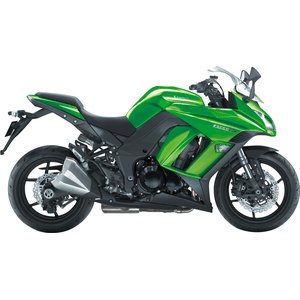Kawasaki Z 1000 SX Ninja (2011-2014): The Sport-Touring Contender Revisited
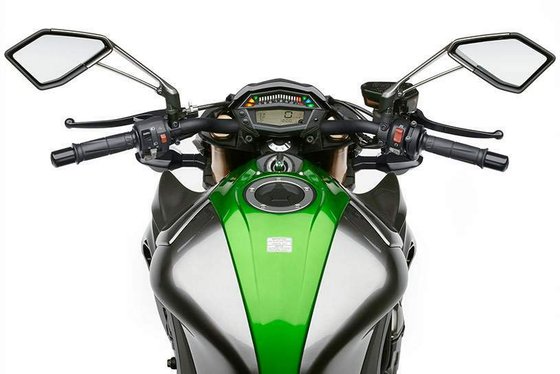
Introduction
The Kawasaki Z 1000 SX Ninja (2011–2014) occupies a unique space in motorcycling history as a bridge between raw sportbike aggression and long-distance touring practicality. With its muscular inline-four engine, full fairing design, and rider-friendly ergonomics, this generation carved out a loyal following among riders who refused to compromise between adrenaline and comfort. Having spent time with a well-maintained 2013 model, it’s clear why this bike remains a compelling choice in the used market. Let’s dissect its character, from the saddle to the workshop.
Design & Aesthetics: Form Meets Function
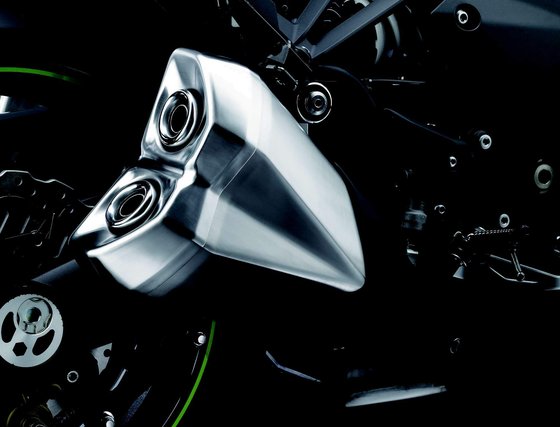
Kawasaki’s “Sugomi” design language—inspired by a predator poised to strike—is evident in the Z 1000 SX’s sharp lines and aggressive stance. The full fairing isn’t just for show; it channels airflow efficiently, reducing fatigue on highways while retaining a sporty silhouette. The twin LED headlights (a rarity in its era) give the front end a futuristic glare, and the sculpted fuel tank flares outward, inviting riders to grip tightly during spirited cornering.
Color options like Metallic Spark Black and Candy Lime Green emphasize Kawasaki’s racing heritage, though the matte gray/black combo aged particularly well, hiding minor scratches from daily use. The adjustable windscreen—a small but critical detail—lifts vertically by 60 mm, proving invaluable on chilly morning commutes.
Engine & Performance: The Heart of the Beast
At the core lies a 1,043 cc liquid-cooled inline-four, producing 138–142 HP (101–104 kW) and 110 Nm (81.1 lb-ft) of torque. Kawasaki tuned this engine for street dominance rather than track bragging rights. From idle, the throttle response is urgent but manageable, with a linear power band that surges aggressively past 7,000 RPM. The intake howl—amplified by Kawasaki’s “Cool Air” system—is intoxicating, though the stock exhaust’s muted growl leaves room for aftermarket upgrades.
Key Highlights:
- Mid-Range Prowess: Torque peaks at 7,800 RPM, making overtaking effortless without downshifting.
- Gearing: Shorter ratios in 1st–5th gears prioritize acceleration, while a tall 6th gear keeps RPMs at 4,500 at 120 km/h (75 mph), minimizing vibes.
- Fuel Efficiency: Expect 6.2 L/100 km (38 MPG) during mixed riding, thanks to the 19L tank.
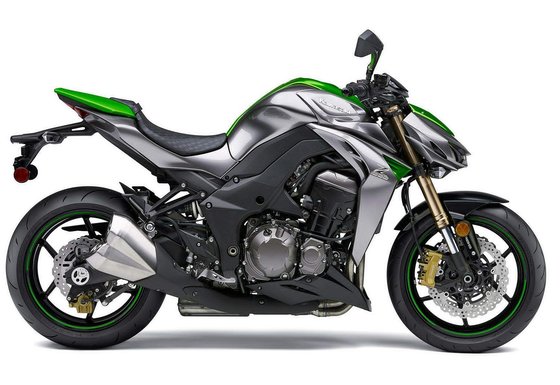
The cable-operated clutch is surprisingly light for a bike of this heft, and the 6-speed transmission shifts with precision, though neutral can be elusive at stops. ABS (optional until 2014) adds 3 kg but instills confidence in wet conditions.
Handling & Dynamics: A Wolf in Tourer’s Clothing
Weighing 231 kg (510 lbs) with fluids, the Z 1000 SX isn’t a featherweight, but its aluminum backbone frame and 41 mm inverted Showa forks strike a fine balance between stability and agility. The steering rake of 24.5° and 1445 mm (56.9") wheelbase lend predictability mid-corner, while the 190/50-ZR17 rear tire provides ample grip for aggressive lean angles.
Suspension Setup:
- Front: Adjustable preload, compression, and rebound damping.
- Rear: Horizontal back-link monoshock with remote preload adjustment.
At speed, the bike feels planted, absorbing bumps without wallowing. However, the suspension defaults to a slightly soft setup—ideal for touring but requiring tweaks for canyon carving. The Nissin radial brakes (300 mm dual discs upfront) deliver strong initial bite, though aftermarket sintered pads (available at MOTOPARTS.store) enhance feel during hard stops.
Comfort & Ergonomics: The Daily Grind, Simplified
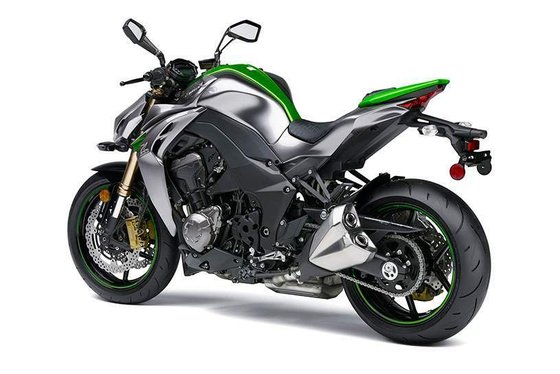
The Z 1000 SX’s ergonomics cater to riders seeking sporty poise without back pain. The 820 mm (32.3") seat is firm yet supportive, accommodating riders up to 6’2” comfortably. Wide, tubular handlebars offer leverage for low-speed maneuvers, while the slightly rearset pegs keep knees bent at a natural 90°.
Long-distance notes:
- Wind protection is adequate up to 140 km/h (87 mph), with minimal helmet buffeting.
- The pillion seat is usable for short trips, though adding a top case (via MOTOPARTS’ SW-Motech lineup) transforms it into a two-up tourer.
Technology & Features: Ahead of Its Time
For a pre-2015 model, the Z 1000 SX packs thoughtful tech:
- Analog-Digital Dash: A large tachometer dominates, flanked by an LCD screen showing fuel economy, coolant temp, and dual trip meters.
- Economical Riding Indicator: A subtle “ECO” light encourages fuel-efficient throttle habits.
- Optional ABS: Seamless intervention, avoiding the abruptness of early systems.
Missing? Cruise control and heated grips—common in modern tourers—but aftermarket solutions abound.
Competition: How It Stacks Up
The Z 1000 SX faced stiff rivals in the sport-touring arena:
- Suzuki GSX-S1000F (2015–2020):
- Lighter (209 kg / 461 lbs) with a raucous 150 HP engine.
- Less wind protection and a firmer seat.
-
Verdict: Suzuki wins on paper; Kawasaki triumphs in comfort.
-
Yamaha FZ1 Fazer (2006–2015):
- Detuned R1 engine (148 HP) with sharper handling.
- Dated styling and no ABS until 2013.
-
Verdict: Yamaha’s raw edge vs. Kawasaki’s polish.
-
Honda VFR800 (2014–2017):
- V4 character and VTEC charm.
- 30 HP deficit and cramped ergonomics.
- Verdict: Honda for uniqueness; Kawasaki for brute force.
The Z 1000 SX’s blend of torque, comfort, and tech made it a versatile middle ground—neither the fastest nor the most luxurious, but a dependable all-rounder.
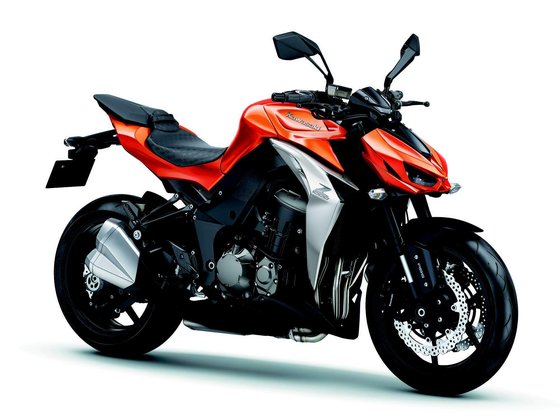
Maintenance: Keeping the Beast Alive
Owners praise the Z 1000 SX’s reliability, but proactive care ensures longevity:
- Oil Changes:
-
Use 3.8L of 10W-40 synthetic (MOTOPARTS recommends Motul 7100) every 6,000 km (3,700 mi).
-
Chain Care:
-
The O-ring chain requires cleaning every 500 km (310 mi) with Motorex Chain Cleaner and lubrication using Prolink Premium.
-
Brake Fluid:
-
Flush DOT 4 fluid annually—critical for ABS systems.
-
Cooling System:
-
Replace coolant every 2 years (2.9L capacity). Use Engine Ice for improved heat dissipation.
-
Tire Pressure:
- Front: 2.5 bar (36 psi) / Rear: 2.9 bar (42 psi).
Common Upgrades:
- Suspension: Öhlins STX46 shock for heavier riders.
- Exhaust: Delkevic 14" Slip-On (retains mid-range torque).
- Lighting: LED turn signals (plug-and-play kits available).
Conclusion: The Everyday Hooligan
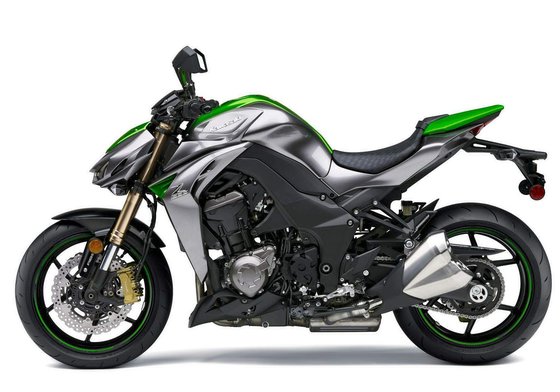
The 2011–2014 Kawasaki Z 1000 SX Ninja is a testament to balanced engineering. It thrills when you twist the throttle, cossets on marathon rides, and shrugs off neglect with typical Kawasaki durability. While newer models boast flashier tech, this generation remains a smart buy for riders valuing substance over trends.
At MOTOPARTS.store, we’re ready to equip your Z 1000 SX with performance upgrades and maintenance essentials—because even legends deserve a second wind.
Ride hard. Ride far. Ride yours.






Specifications sheet
| Engine | |
|---|---|
| Stroke: | Four-stroke |
| Max power: | 138 kW | 185.0 hp |
| Max torque: | 110 Nm |
| Fuel system: | DFI® with four 38mm Keihin throttle bodies, oval sub-throttles |
| Max power @: | 9600 rpm |
| Displacement: | 1043 ccm |
| Fuel control: | Double Overhead Cams (DOHC) |
| Max torque @: | 7800 rpm |
| Configuration: | Inline |
| Cooling system: | Liquid |
| Compression ratio: | 11.8:1 |
| Number of cylinders: | 4 |
| Valves per cylinder: | 4 |
| Dimensions | |
|---|---|
| Wheelbase: | 1445 mm (56.9 in) |
| Dry weight: | 228 |
| Wet weight: | 231 |
| Seat height: | 820 mm (32.3 in) |
| Overall width: | 790 mm (31.1 in) |
| Overall height: | 1170 mm (46.1 in) |
| Overall length: | 2105 mm (82.9 in) |
| Ground clearance: | 135 mm (5.3 in) |
| Fuel tank capacity: | 19 L (5.0 US gal) |
| Drivetrain | |
|---|---|
| Final drive: | chain |
| Gear ratios: | ['1st 2.600', '2nd 1.950', '3rd 1.600', '4th 1.389', '5th 1.238', '6th 1.136'] |
| Transmission: | 6-speed, wet multi-disc clutch |
| Rear sprocket: | 41 |
| Front sprocket: | 15 |
| Maintenance | |
|---|---|
| Rear tire: | 190/50-z-17 |
| Engine oil: | 10W40 |
| Front tire: | 120/70-z-17 |
| Brake fluid: | DOT 4 |
| Spark plugs: | NGK CR9EIA-9 |
| Spark plug gap: | 0.8–0.9 mm |
| Coolant capacity: | 2.9 |
| Forks oil capacity: | 0.84 |
| Engine oil capacity: | 3.8 |
| Engine oil change interval: | Every 5000 km or 2 years |
| Valve clearance (intake, cold): | 0.10–0.20 mm |
| Valve clearance check interval: | 24,000 km (15,000 mi) |
| Valve clearance (exhaust, cold): | 0.20–0.30 mm |
| Recommended tire pressure (rear): | 2.9 bar (42 psi) |
| Recommended tire pressure (front): | 2.5 bar (36 psi) |
| Additional Features | |
|---|---|
| ABS: | Optional |
| Lighting: | LED headlight and taillight |
| Instrumentation: | Analog tachometer + digital display (speedometer, fuel gauge, clock, trip meters) |
| Chassis and Suspension | |
|---|---|
| Rake: | 24.5° |
| Frame: | Aluminum backbone |
| Trail: | 102 mm (4.0 in) |
| Rear brakes: | Single 250 mm petal disc, 1-piston caliper (ABS optional) |
| Front brakes: | 2 x 310 mm petal discs, radial 4-piston monobloc calipers (ABS optional) |
| Rear suspension: | Horizontal Back-link monoshock, adjustable rebound damping and preload |
| Front suspension: | 41mm inverted SFF-BP fork, adjustable compression, rebound, and preload |
| Rear wheel travel: | 135 mm (5.4 in) |
| Front wheel travel: | 120 mm (4.7 in) |



